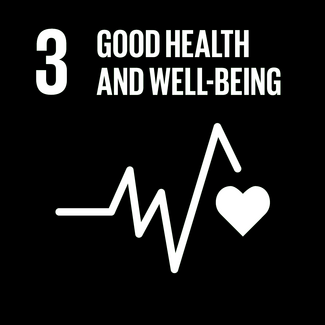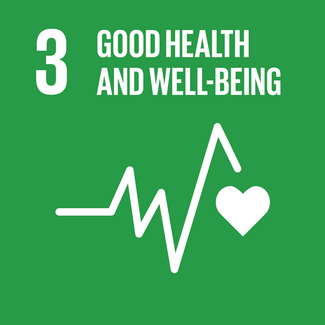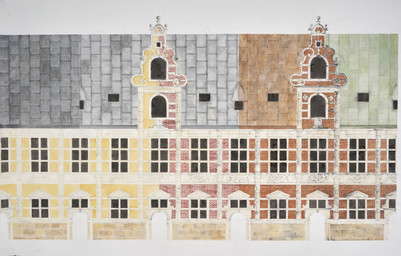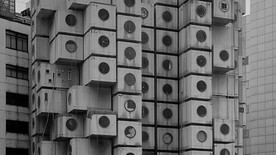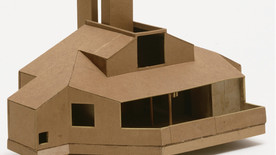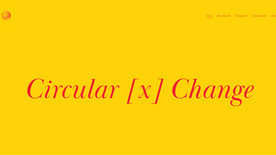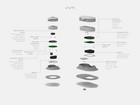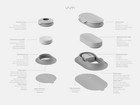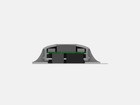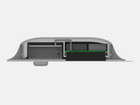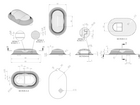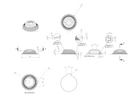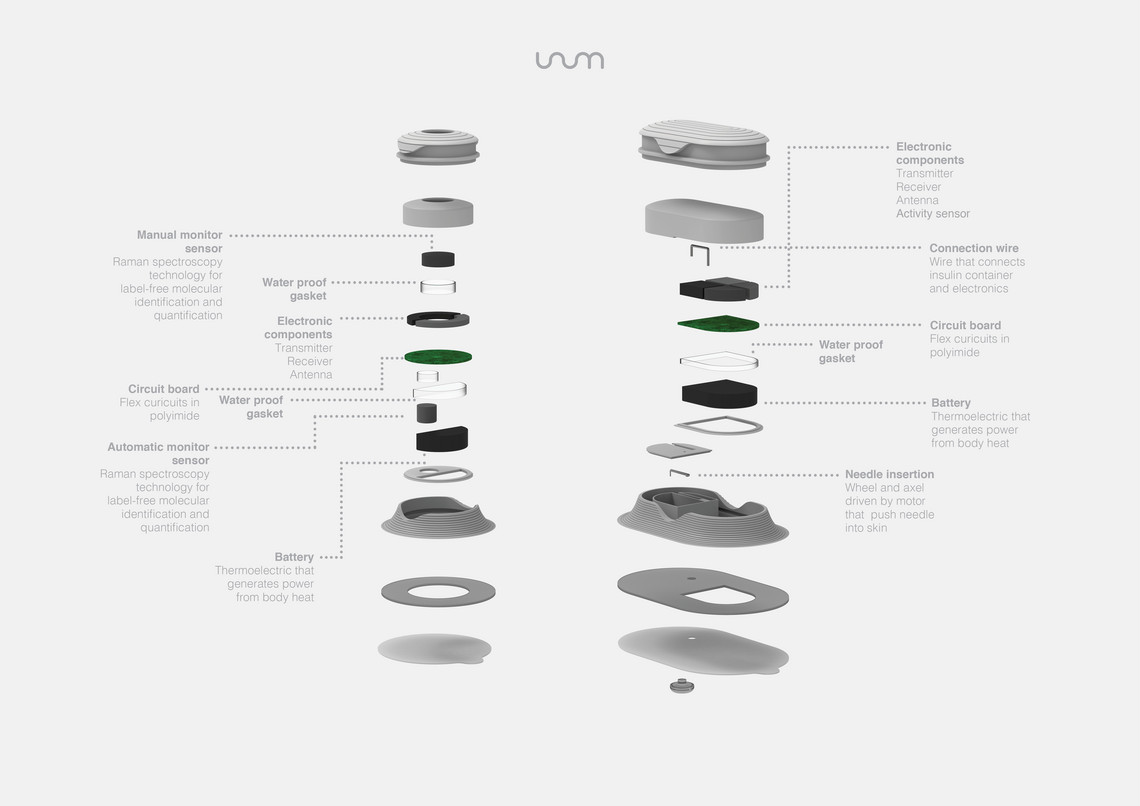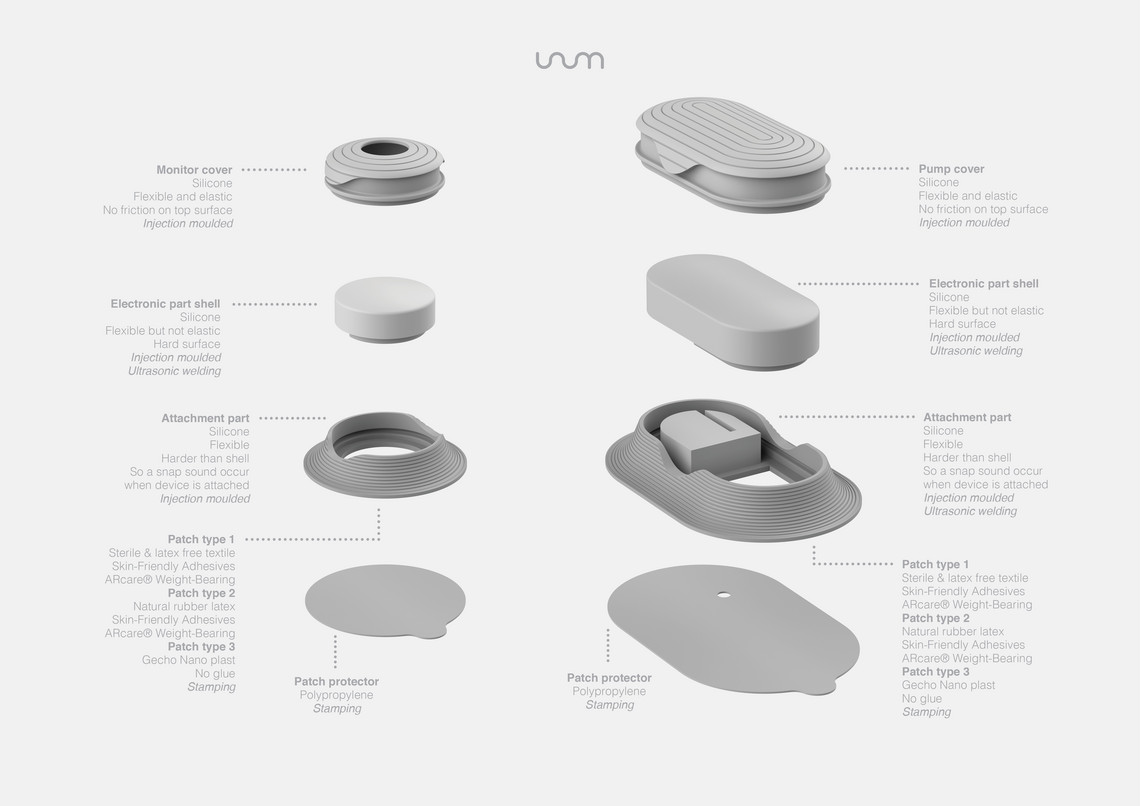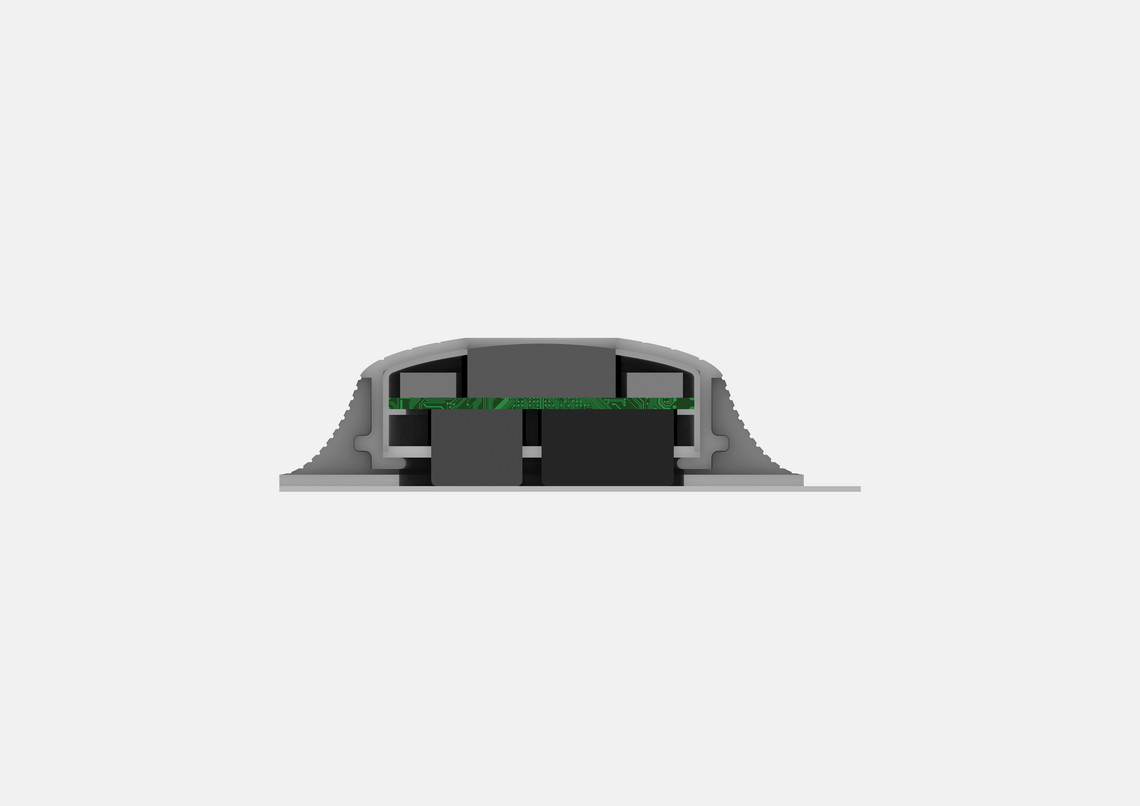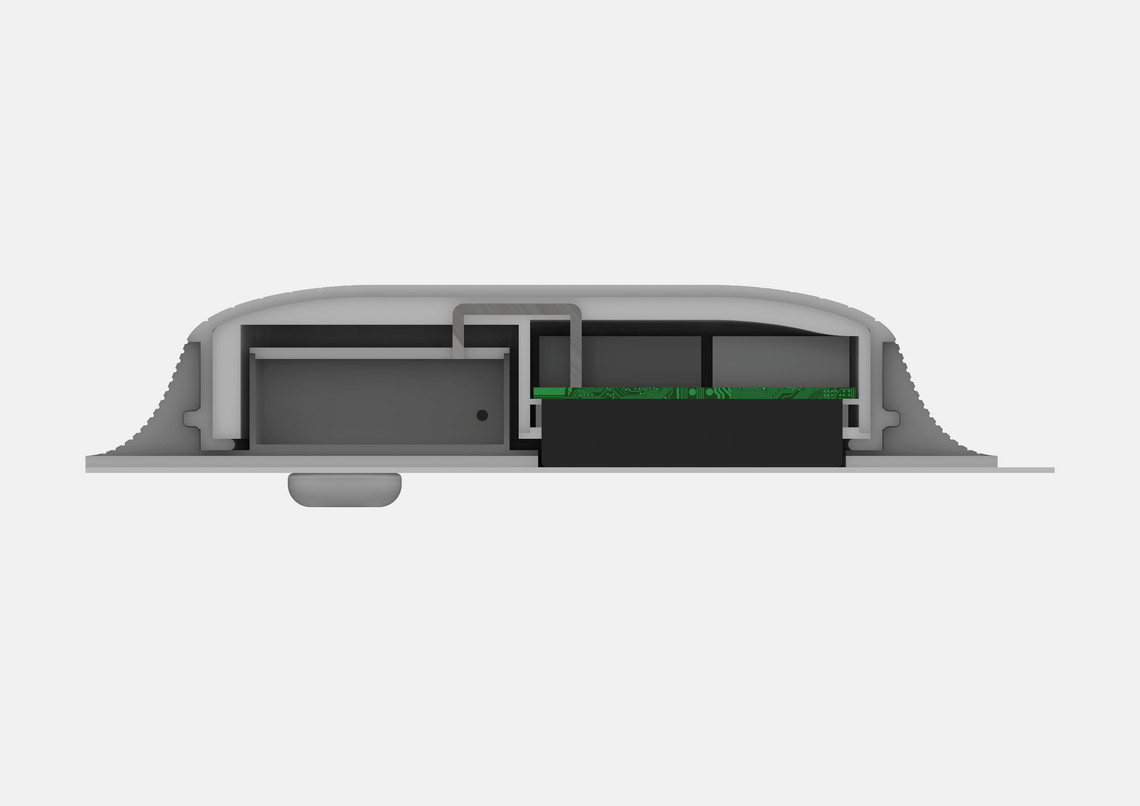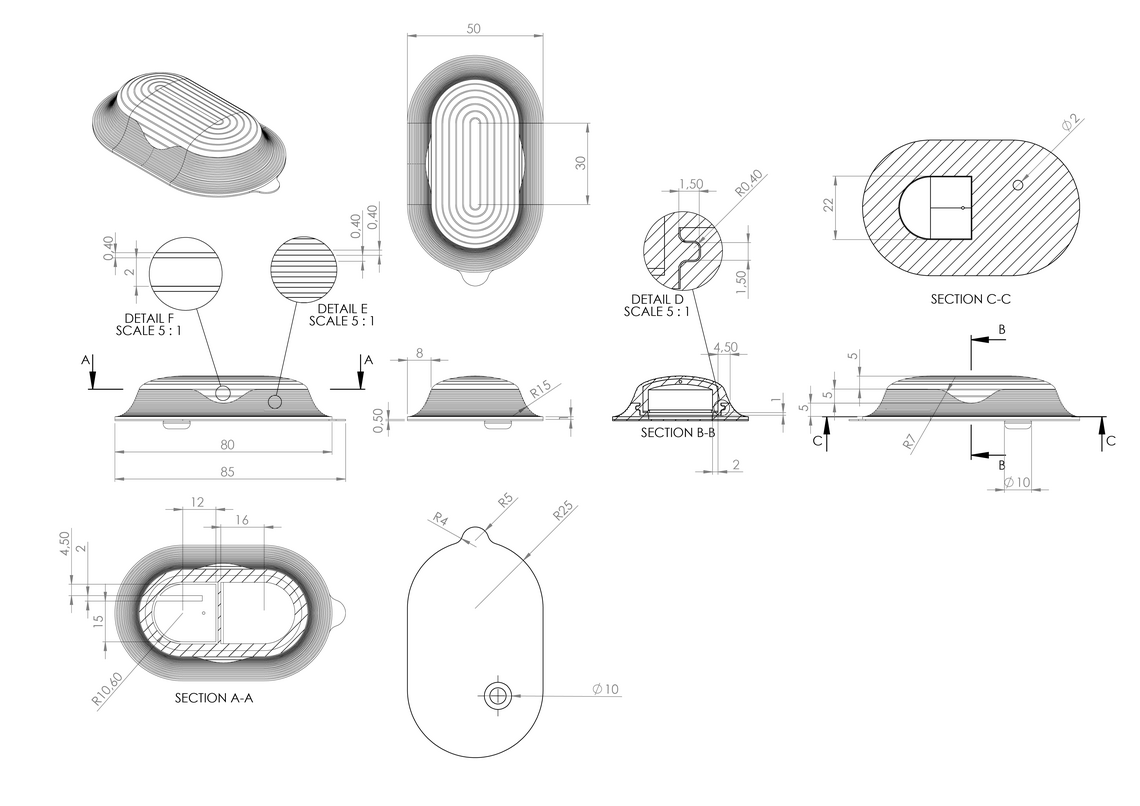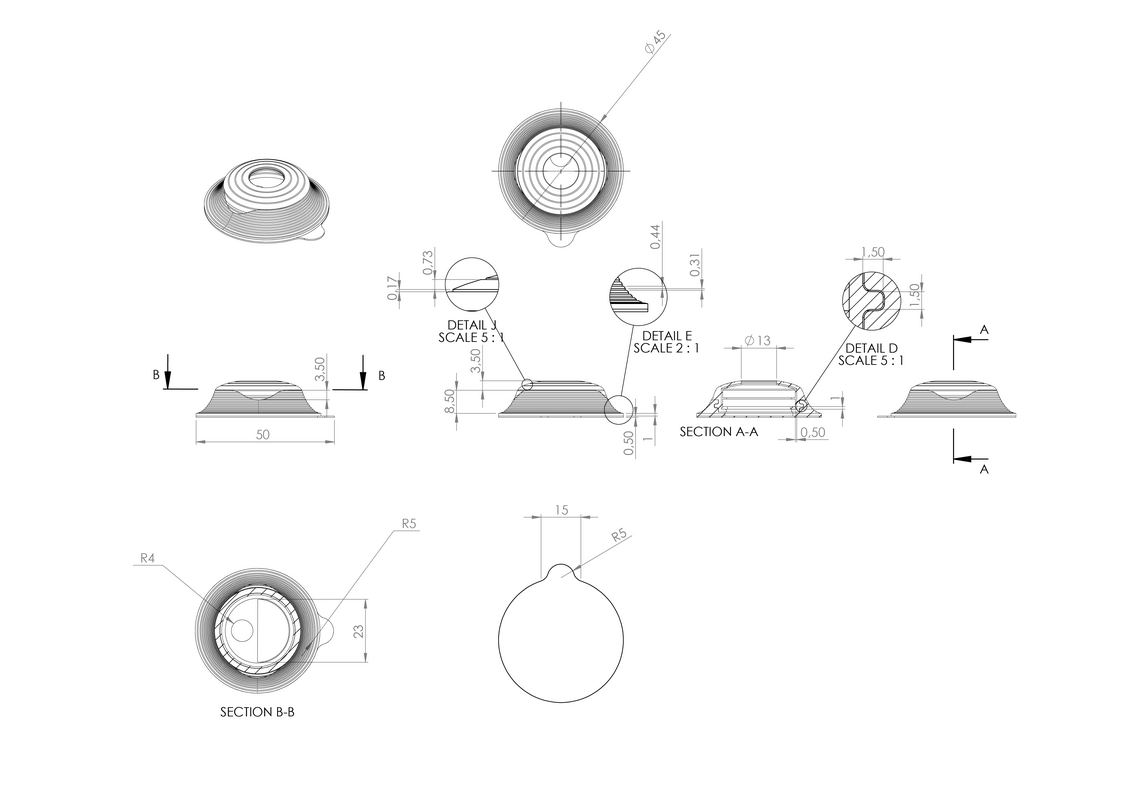
Living a better life with type 1 diabetes

This thesis explores the process of designing electronic self-treatment medical products that are used in the everyday life of adolescents people with type 1 diabetes.
The result of this project is a modular family of self-treatment medical electronic devices designed for type 1 diabetes patients. The family consists of one blood glucose monitor device and one insulin pump device, which are modularly attached to patches that are then fastened on the users body. The patches can be placed everywhere on the body and comes in 3 types of patch materials, that fit different skin types. The blood glucose monitor measure the body’s blood glucose level with sensor technology, and the insulin pump gives the user insulin trough a small plastic pipe that is inserted into the body. The two devices communicate wirelessly and the blood glucose monitor informs the insulin pump whenever the body needs insulin. Both devices are made of flexible materials and technology adapting to the movement of the body. The cover of the devices can be changed so the user can customize the color of the two products to their individual preferences.
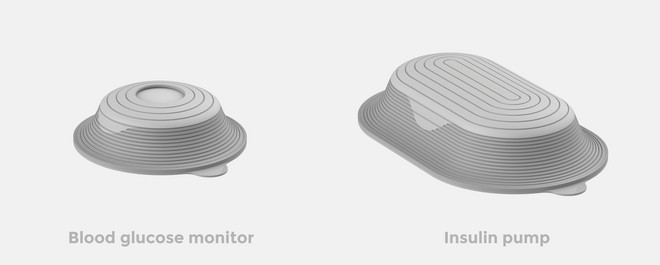
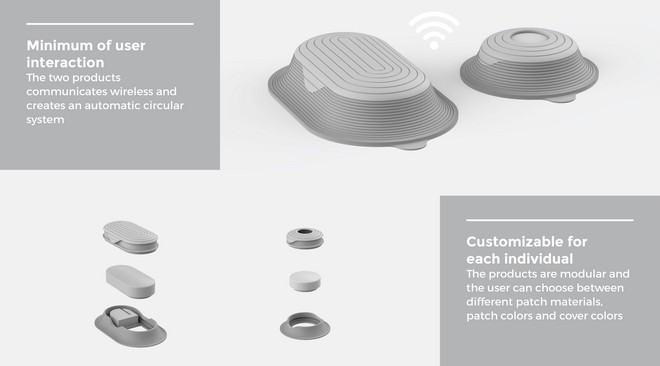
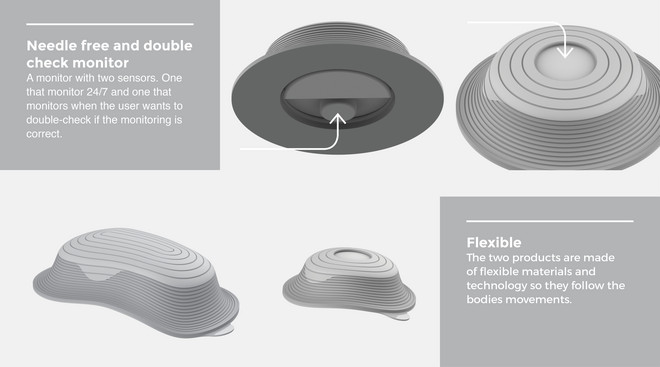
How to use the products
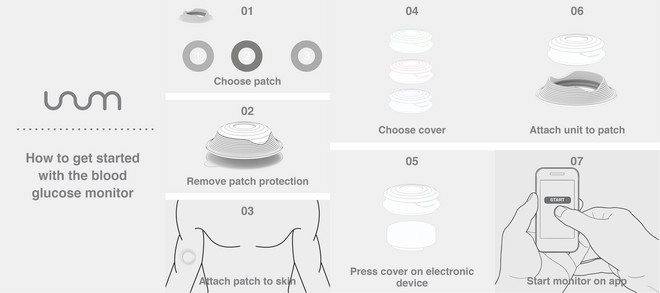
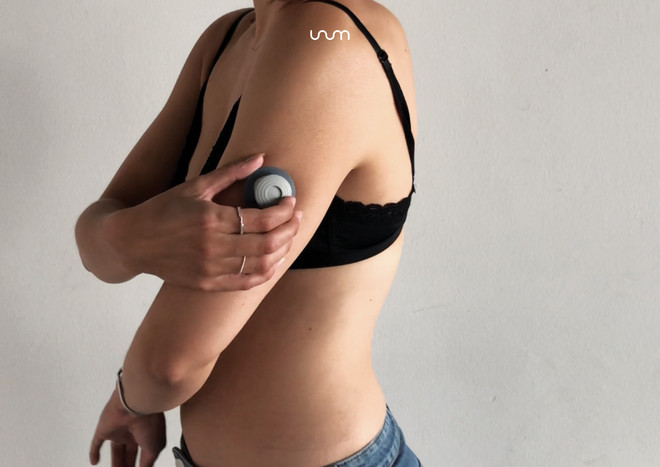
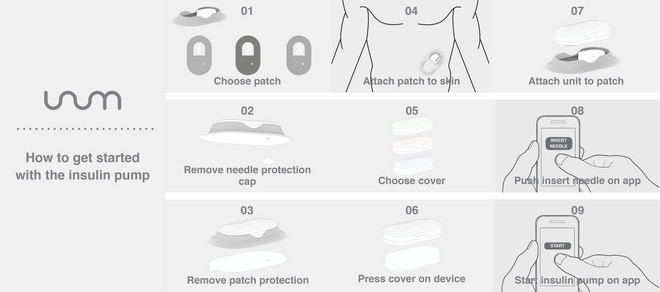
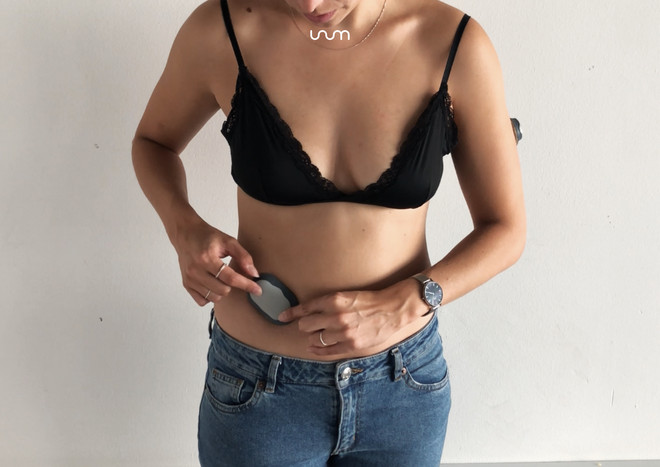
Colors
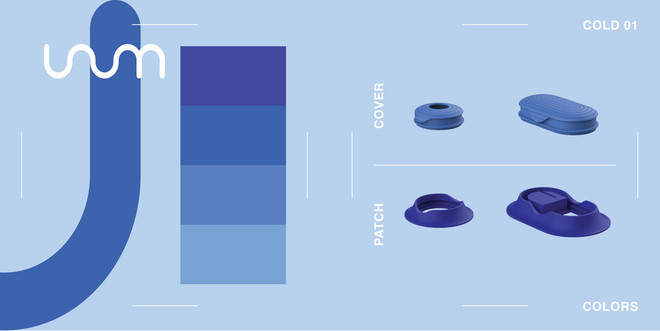
Technical details
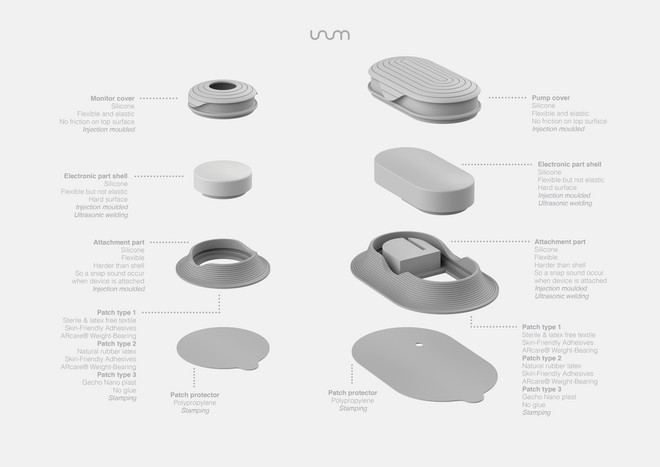
Det Kongelige Akademi understøtter FN’s verdensmål
Siden 2017 har Det Kongelige Akademi arbejdet med FN’s verdensmål. Det afspejler sig i forskning, undervisning og afgangsprojekter. Dette projekt har forholdt sig til følgende FN-mål